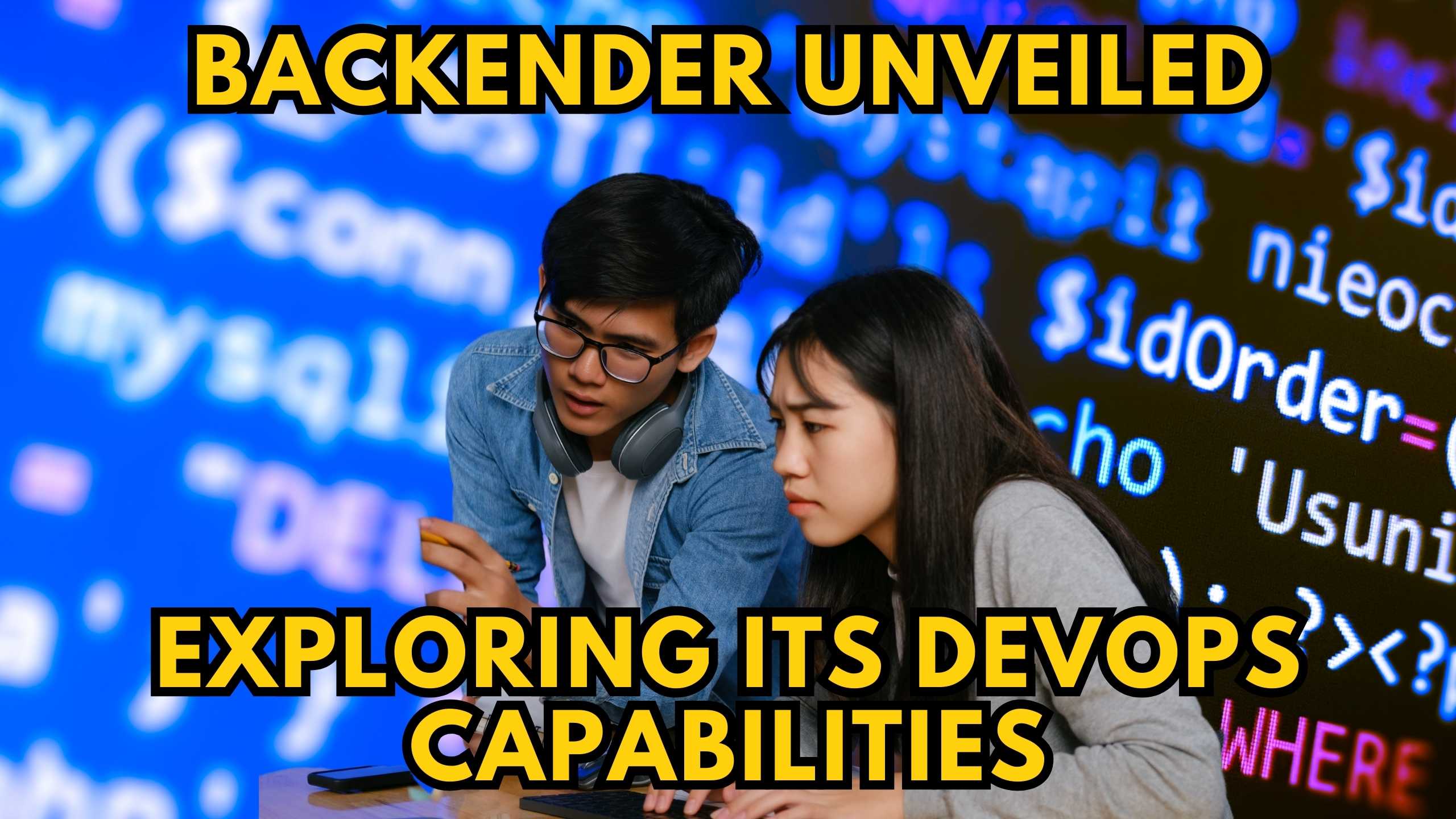Backender Unveiled: Exploring its DevOps Capabilities
- WebOps Platforms Bug Tracking & Feedback Software Web Development & Design


Backender Unveiled: Exploring its DevOps Capabilities
In the ever-evolving landscape of SaaS subscription stacks, the role of a backender is increasingly crucial. Today, we unravel the depths of a backender’s DevOps capabilities, delving into its significance and the tools that amplify its effectiveness.
Understanding the Backender’s Role
A backender, the unsung hero of software development, plays a pivotal role in ensuring the seamless functioning of applications. From database management to server-side logic, a backender’s responsibilities are vast and varied.
Leveraging DevOps for Efficiency
DevOps, the marriage of development and operations, brings unprecedented efficiency to a backender’s tasks. Automation, continuous integration, and collaborative workflows are integral components that streamline the development lifecycle, allowing backenders to focus on innovation.
Essential DevOps Tools for Backenders
1. Jenkins: Jenkins automates the building, testing, and deployment of code, facilitating a continuous integration and continuous delivery (CI/CD) pipeline. Its open-source nature makes it a versatile choice for backenders seeking efficiency.
2. Docker: Containerization with Docker empowers backenders to package applications and dependencies into a standardized unit. This enhances consistency across development, testing, and deployment environments.
3. Git: Git, a version control system, ensures collaborative development by tracking changes and managing code versions. Backenders leverage Git to maintain code integrity and enable seamless collaboration with other team members.
4. Kubernetes: Kubernetes orchestrates containerized applications, providing scalability and automated management. Backenders use Kubernetes to efficiently deploy and manage applications in dynamic environments.
5. New Relic: New Relic offers observability into applications and infrastructure, aiding backenders in identifying performance bottlenecks and optimizing system efficiency.
Conclusion
As we uncover the DevOps capabilities of a backender, it’s evident that the right set of tools can significantly impact efficiency and productivity. Embracing DevOps practices and leveraging the mentioned SaaS products can propel your development team to new heights.
Take Control of Your DevOps Journey
Ready to optimize your DevOps capabilities? Subscribed.fyi is your go-to platform for unlocking secret deals and managing your entire SaaS subscription stack effortlessly. Sign up for free today and gain access to exclusive deals, saving you over $100,000 annually! Unlock the Deals Now!
Relevant Links:





